Notice
3.Filter, Constraint and Function
- document 1 document 2 document 3
- niveau 1 niveau 2 niveau 3
Descriptif
In the third part, we will see the filters, constraints and functions.
It is possible to filter the results of query using an evaluable expression which defines constraints on variable values. So, we have seen the select clause, we have seen the where clause, and now we see the filter clause which is part of the where, and the filter clause enables to express an additional condition that will be evaluated.
...
Intervention / Responsable scientifique
Thème
Documentation
Documents pédagogiques
Solve SUDOKU with SPARQL...
In order to understand what we just said, let's have fun: in addition to graph matching, SPARQL implementation relies on constraint solving notably to evaluate the FILTER clause.
Subsequently, one can use SPARQL to solve constraint problems such as ... Sudoku.
The application below enables users to solve Sudoku problems by representing the grid in RDF and the constraint solver in SPARQL.
Remove some values from the grid below and submit it to the Corese SPARQL engine to convince yourself.
Play with the SPARQL Sudoku Solver :
https://corese.inria.fr/srv/sdk
Dans la même collection
-
6. Results and Update
GandonFabienFaronCatherineCorbyOlivierIn the last part, we will see the result format and Update query. The format of SPARQL query results are also standardized by the
-
2. Statements
GandonFabienFaronCatherineCorbyOlivierThis video présents the SPARQL Statements. The first statement is the optional pattern. It enables to specify a part of a graph pattern that is
-
5. Several Query Forms
GandonFabienFaronCatherineCorbyOlivierIn the fifth part, we will see several query forms. Until now, we have seen the select where SPARQL query form but there are
-
1. RDF Graph Pattern Matching
GandonFabienFaronCatherineCorbyOlivierThis third part presents the SPARQL (pronounced sparkle) Query Language that enables users to query RDF triple stores. The SPARQL query language enables us to access data
-
Demos about SPARQL
GandonFabienFaronCatherineCorbyOlivierFlint, a SPARQL Query Editor Editors are now available for SPARQL. We present the Flint structured editor which provides syntactic coloration. The editor proposes SPARQL keywords according to the
-
4. Pre and Post Processing
GandonFabienFaronCatherineCorbyOlivierIn the fourth part, we will see the pre and post processing of a SPARQL query. An RDF dataset is composed of a default graph
Avec les mêmes intervenants et intervenantes
-
4. Linked Data Principles
GandonFabienFaronCatherineCorbyOlivierIn this fourth part, we're going to see the principles behind Linked Data. What we're going to do is to change slightly how we
-
4. Values, Types and Languages
GandonFabienFaronCatherineCorbyOlivierThis sequence is about the specificities of the RDF model related to typing literal values and resources in an RDF graph and indicating the
-
2. GRDDL: extract RDF from X(HT)ML
GandonFabienFaronCatherineCorbyOlivierGRDDL is a mechanism to extract RDF from XML and HTML.
-
5. Several Query Forms
GandonFabienFaronCatherineCorbyOlivierIn the fifth part, we will see several query forms. Until now, we have seen the select where SPARQL query form but there are
-
3. From pages to resources
GandonFabienFaronCatherineCorbyOlivierIn this third part, we will see another evolution of the Web, or more precisely, an evolution of the way we use the Web. We will
-
7. RDF Schema
GandonFabienFaronCatherineCorbyOlivierThis sequence will introduce you to the RDF Schema, the standard to represent vocabularies to be used in RDF descriptions. In the
-
4. Tabular data and metadata (CSV)
GandonFabienFaronCatherineCorbyOlivierWe are going to see how we can transform tabular data and metadata into RDF. These data are extremely common; they are generated by
-
2. A Triple Model and a Graph Model
GandonFabienFaronCatherineCorbyOlivierThis sequence will introduce the principles of the RDF model. We will see that it is a triple model and a graph model. RDF stands for
-
6. Results and Update
GandonFabienFaronCatherineCorbyOlivierIn the last part, we will see the result format and Update query. The format of SPARQL query results are also standardized by the
-
Demos about Integration with Other Data Formats and Sources
GandonFabienFaronCatherineCorbyOlivierAugmenting Web browser with data in the pages This demonstration show an extension to the browser called Operator. This extension allows the browser to actually look at the data inside the page
-
Demos about The RDF Data Model
GandonFabienFaronCatherineCorbyOlivierValidating and translating RDF data The W3C RDF validation service checks the validity of RDF statements in the RDF/XML syntax and, in the case where these statements are valid, it displays
-
1. Historical Introduction to the Web Architecture
GandonFabienFaronCatherineCorbyOlivierGoing back in history, back in 1945, Vannevar Bush wrote an article entitled "As we may think". In this article, he
Sur le même thème
-
Le rôle du design dans la conception d'un numérique frugal
MaudetNolwennNolwenn Maudet, Maître de conférences à l'Université de Strasbourg, nous parle du rôle du design dans la conception d'un numérique frugal.
-
Internet et l’intelligence collective : quand le virtuel nous connecte
TuncerDaphnéDans cette vidéo, tournée à l'occasion de la Fête de la Science 2025, Daphné Tuncer, chercheuse au laboratoire Ville Mobilité Transport (LVMT) nous présente ses recherches sur la face cachée d
-
Participation et citoyenneté en régime numérique : vers de nouvelles dynamiques de recherche ? Vidé…
BoutéÉdouardMabiClémentLupoviciRaphaëlMichelLouiseDilé-ToustouJulesAubertRomainMobilisées en politique depuis plusieurs décennies (Vedel, 2006), les technologies de l’information et de la communication numérique (TICN), et notamment internet et le web connaissent au tournant des
-
Participation et citoyenneté en régime numérique : vers de nouvelles dynamiques de recherche ? Vide…
BoutéÉdouardDespontin LefèvreIrèneMabiClémentLupoviciRaphaëlMichelLouiseMobilisées en politique depuis plusieurs décennies (Vedel, 2006), les technologies de l’information et de la communication numérique (TICN), et notamment internet et le web connaissent au tournant des
-
L'art contemporain en temps de confinement
GirelSylviaLe 14 mars 2020 tous les lieux d’exposition sont sommés par décret de fermer leurs portes. L’art contemporain n’y échappe pas et comme la majorité des secteurs d’activités en France ce sera plusieurs
-
Controverses et médiatisation autour du halal
RigoniIsabelleSéance : Controverses et médiatisation " Vous avez dit halal ? " Normativités islamiques, mondialisation et sécularisation Colloque international, 7-8 novembre 2013, IISMM-EHESS, Salle Claude Lévi
-
Contourner la frontière par la toile. La fabrique d’un territoire communautaire par les nouvelles t…
MerzaEleonorePalestiniens et Israéliens deux décennies après Oslo : anatomie, vécus et mouvements d'une séparation Colloque du 17, 18 et 19 Février 2011, Maison méditerranéenne des sciences de l'homme, Aix-en
-
-
[COLLOQUE] Festival de l’intelligence artificielle Avignon 2021 - Les assistants personnels vocaux,…
FESTIVAL de L’intelligence Artificielle le 18 et 19 Novembre 2021. Table ronde 3. Les assistants personnels vocaux, généralistes ou spécifiques ? Jusqu’où personnaliser les services ?
-
[COLLOQUE] Festival de l’intelligence artificielle Avignon 2021 introduction
FESTIVAL de L’intelligence Artificielle le 18 et 19 Novembre2021
-
-
[COLLOQUE] FrenchTech Grande Provence and LIAvignon : L’IA de demain 2em partie
L’IA doit être éthique mais peut-elle être bienveillante ?








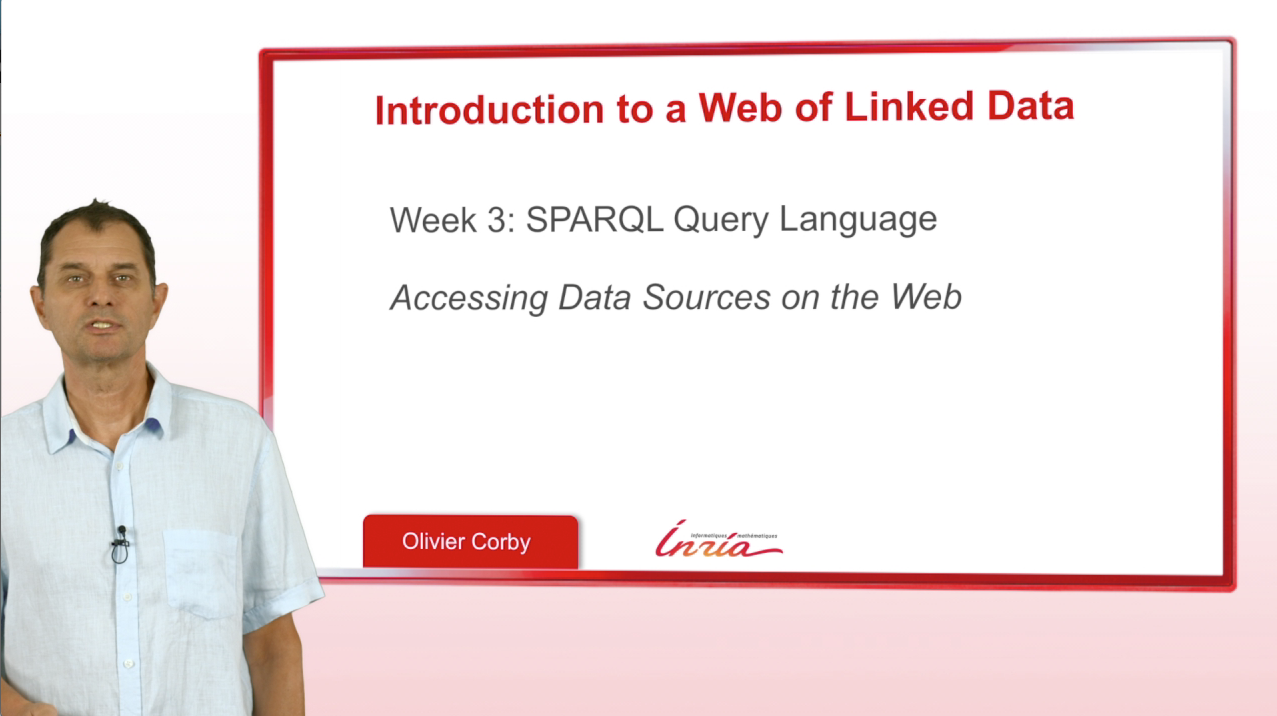


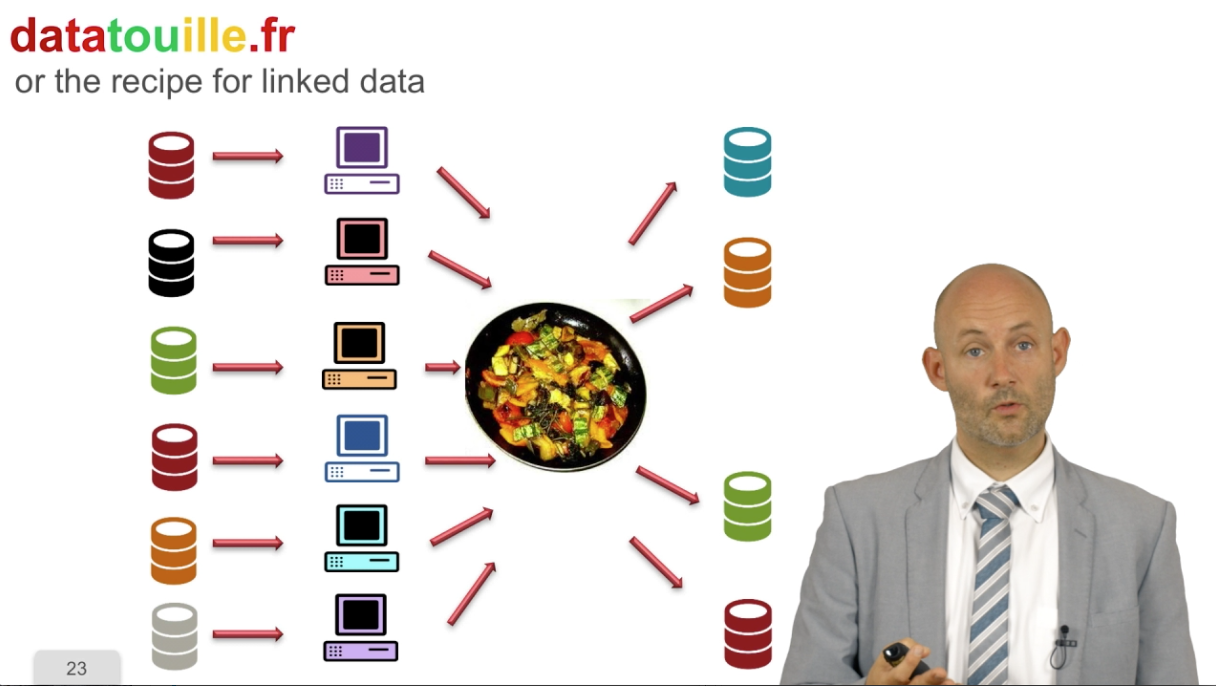
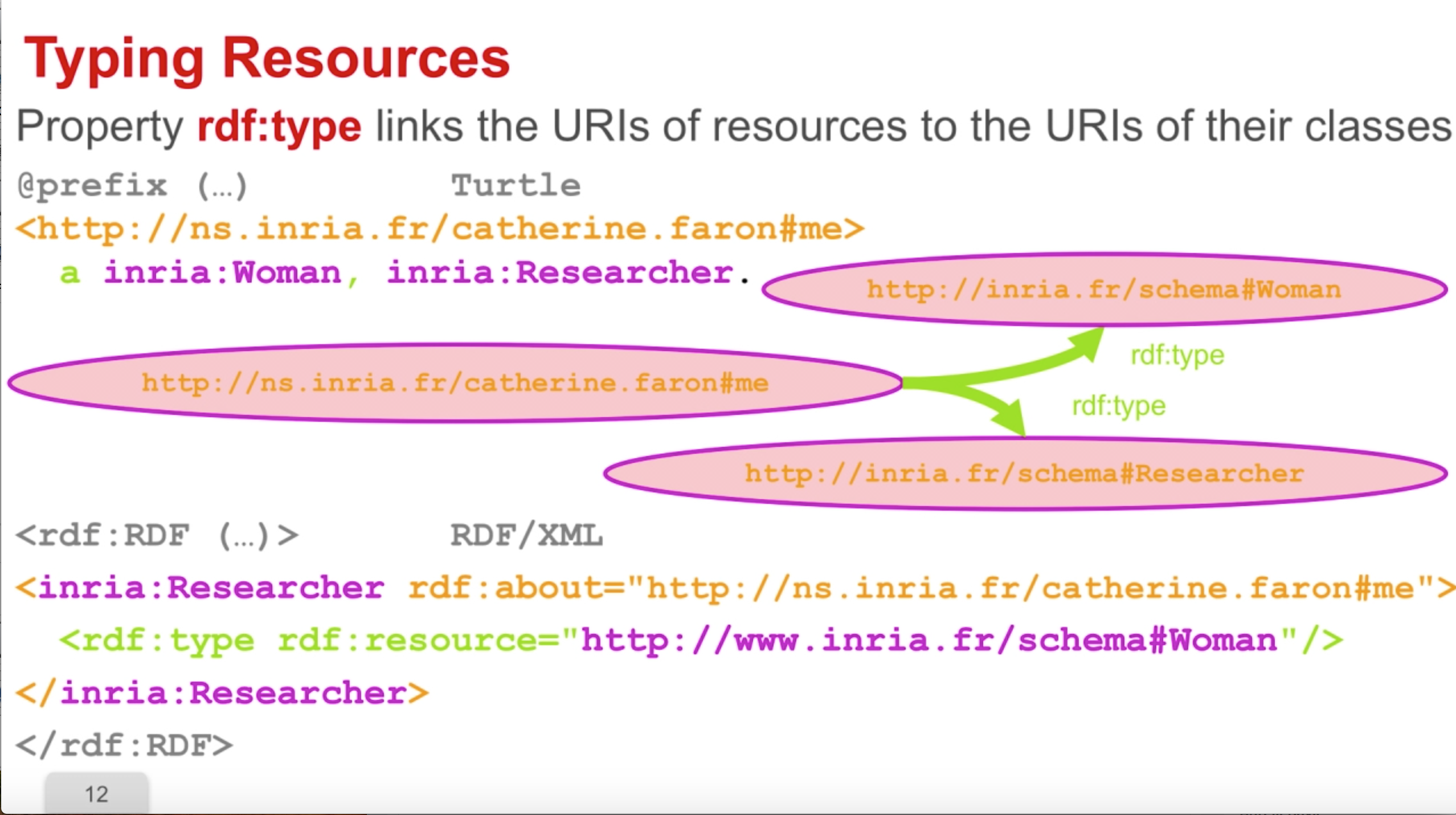
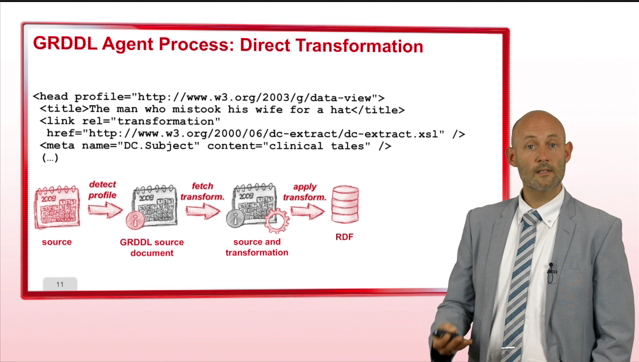






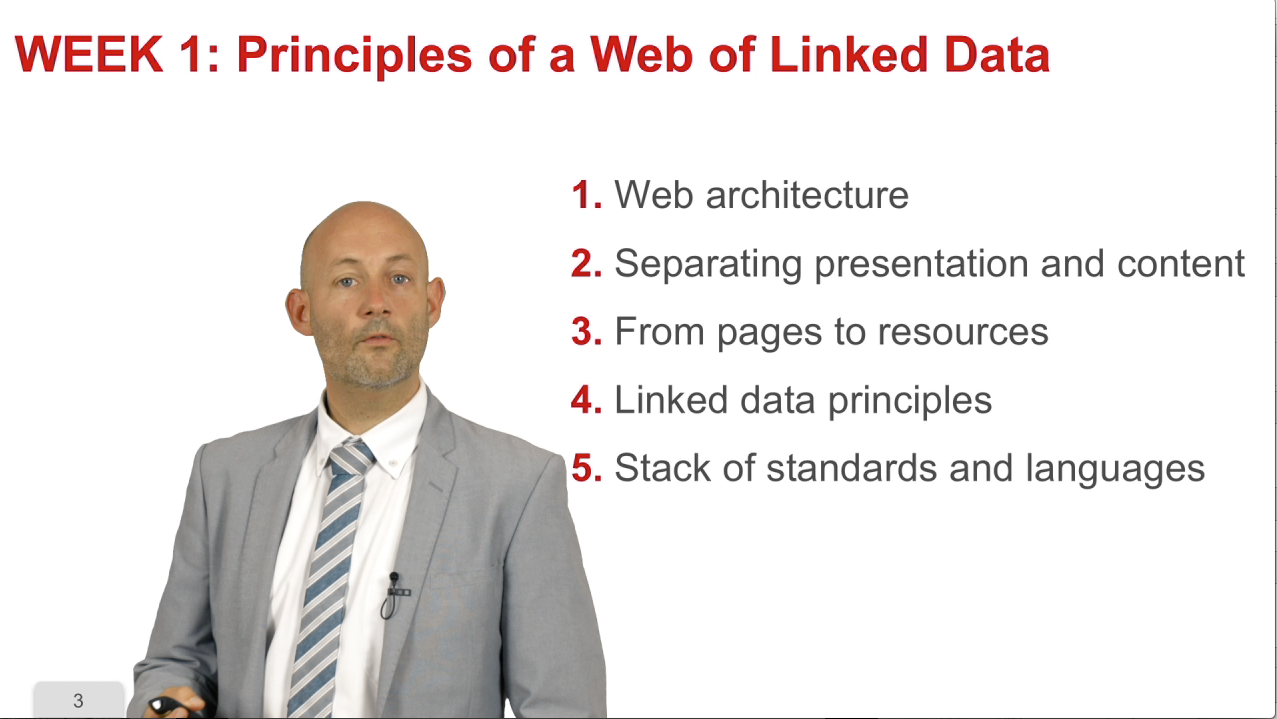


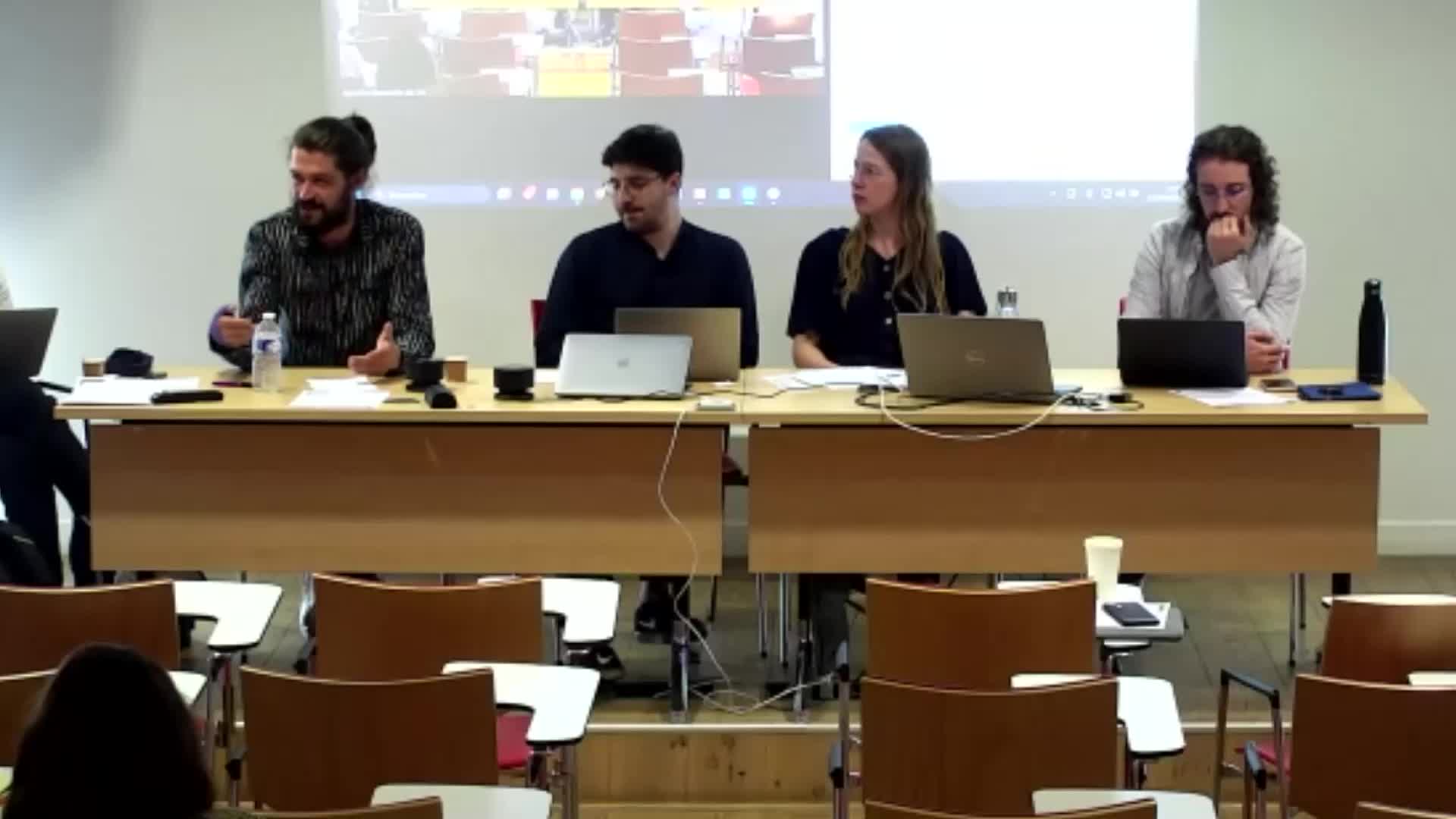
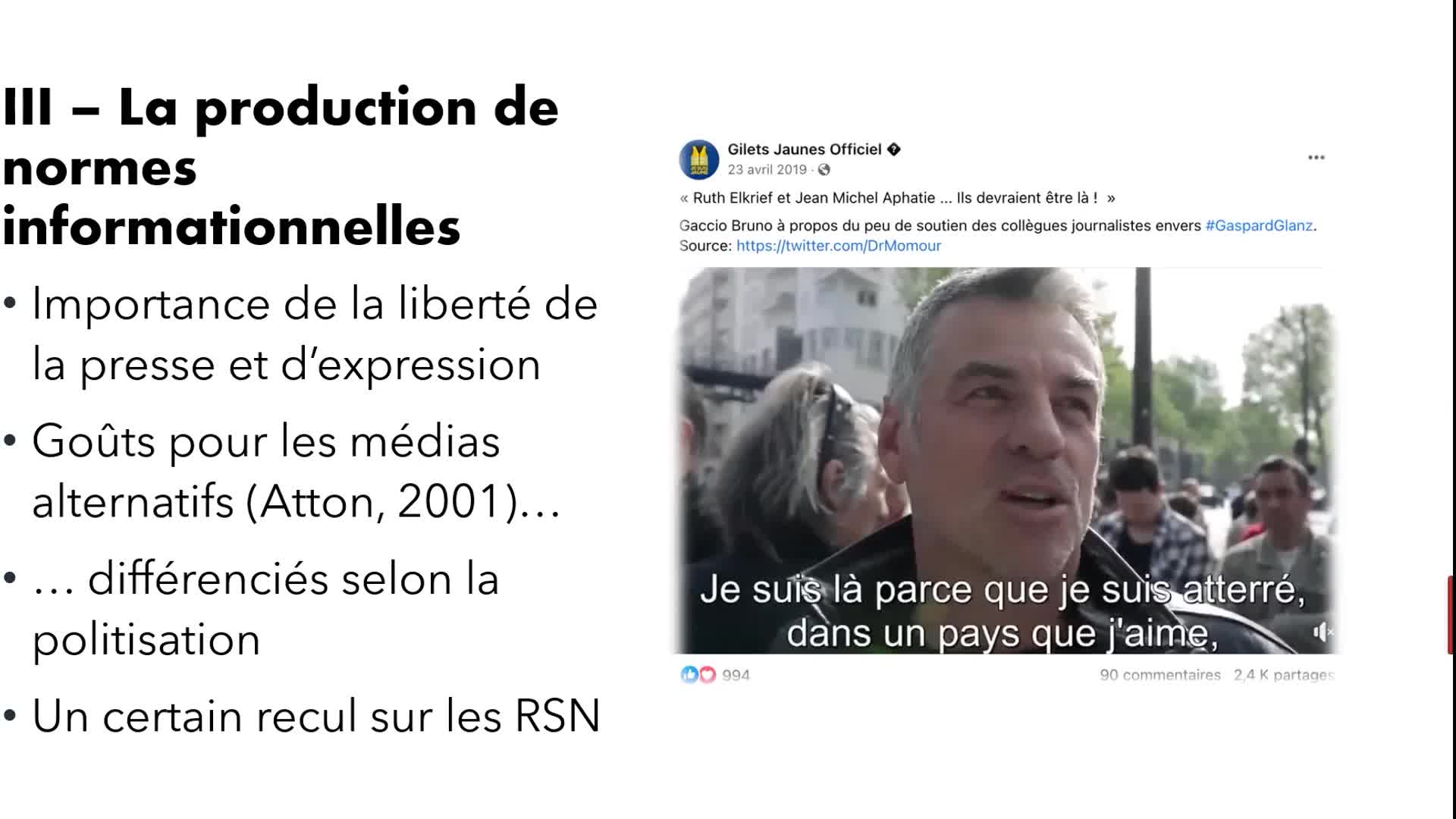
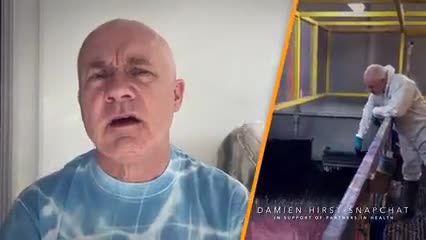
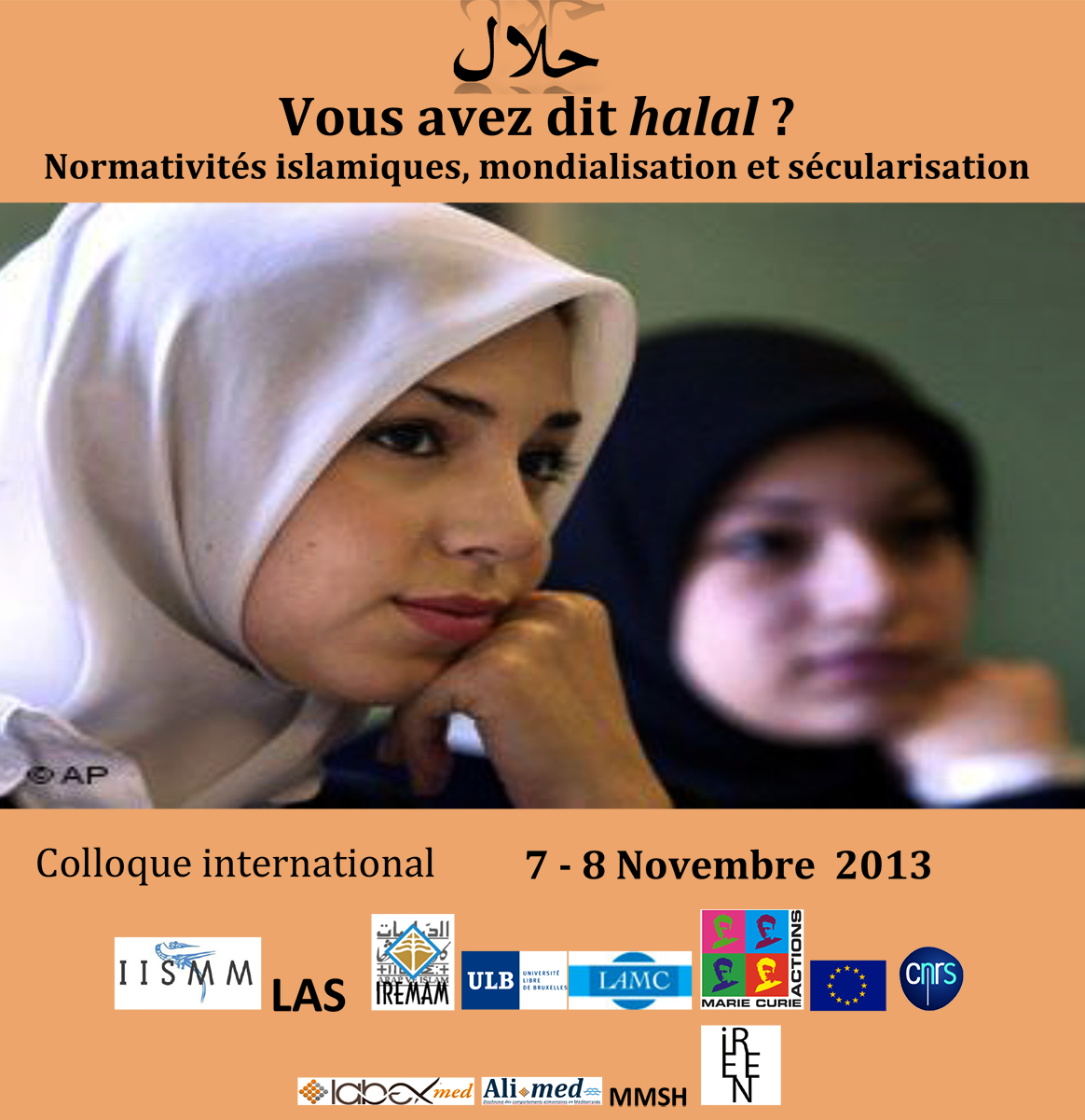
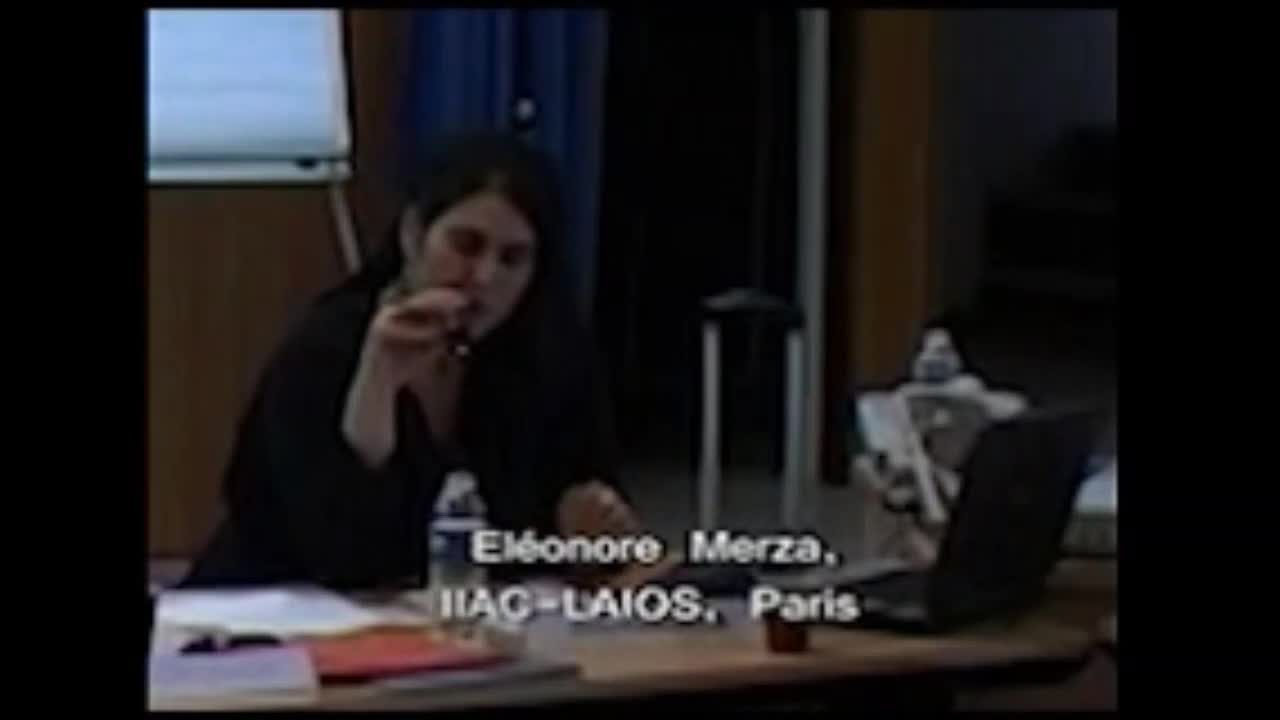
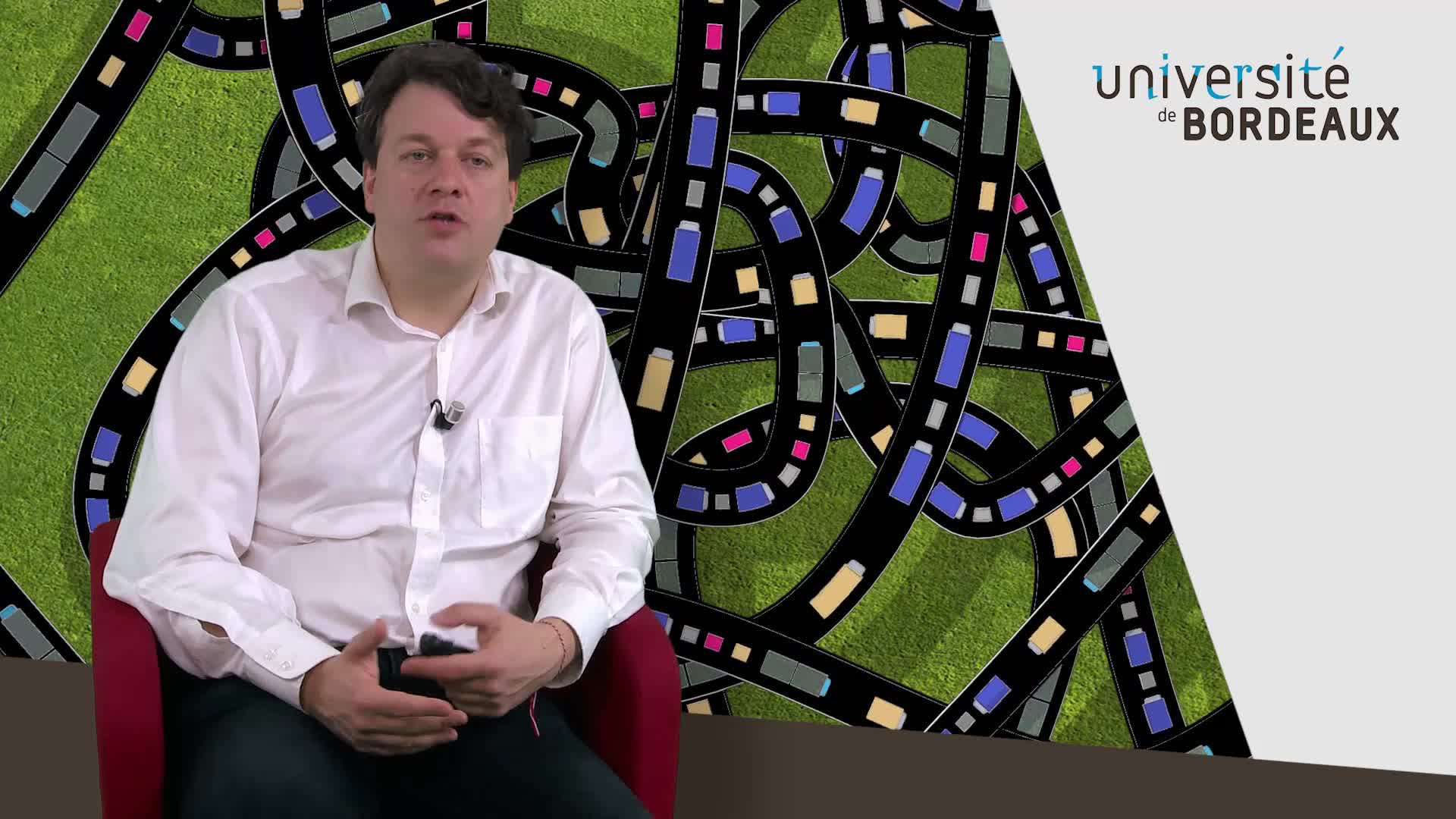
![[COLLOQUE] Festival de l’intelligence artificielle Avignon 2021 table ronde 3](https://vod.canal-u.tv/videos/media/images/universite_d_avignon_et_des_pays_de_vaucluse/.colloque.festival.de.l.intelligence.artificielle.avignon.2021.table.ronde.3_64809/vignette.jpg)
![[COLLOQUE] Festival de l’intelligence artificielle Avignon 2021 introduction](https://vod.canal-u.tv/videos/media/images/universite_d_avignon_et_des_pays_de_vaucluse/.colloque.festival.de.l.intelligence.artificielle.avignon.2021.introduction_64815/vignette.jpg)
![[COLLOQUE] Festival de l’intelligence artificielle Avignon 2021 Présentation de La chaire LIA Avignon](https://vod.canal-u.tv/videos/media/images/universite_d_avignon_et_des_pays_de_vaucluse/.colloque.festival.de.l.intelligence.artificielle.avignon.2021.presentation.de.la.chaire.lia.avignon_64811/vignette.jpg)
![[COLLOQUE] FrenchTech Grande Provence & LIAvignon : L’IA de demain 2em partie](https://vod.canal-u.tv/videos/media/images/universite_d_avignon_et_des_pays_de_vaucluse/.colloque.frenchtech.grande.provence.liavignon.l.ia.de.demain.2em.partie_64819/vignette.jpg)